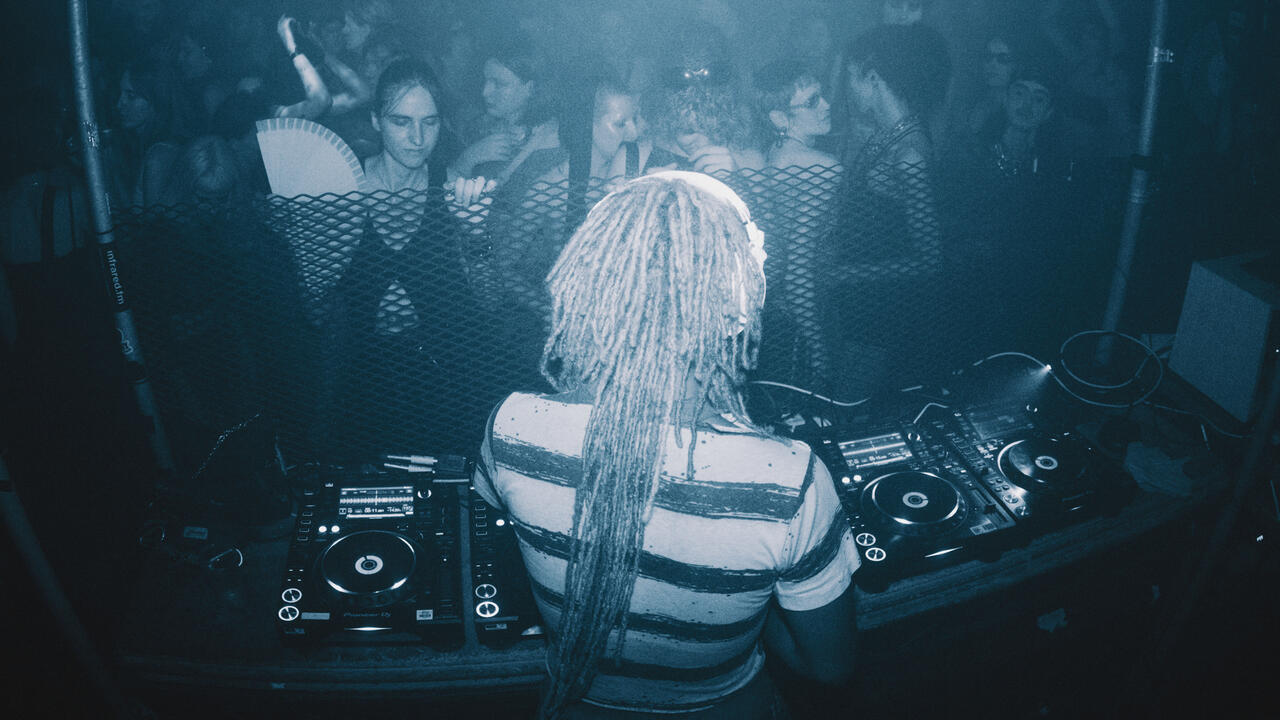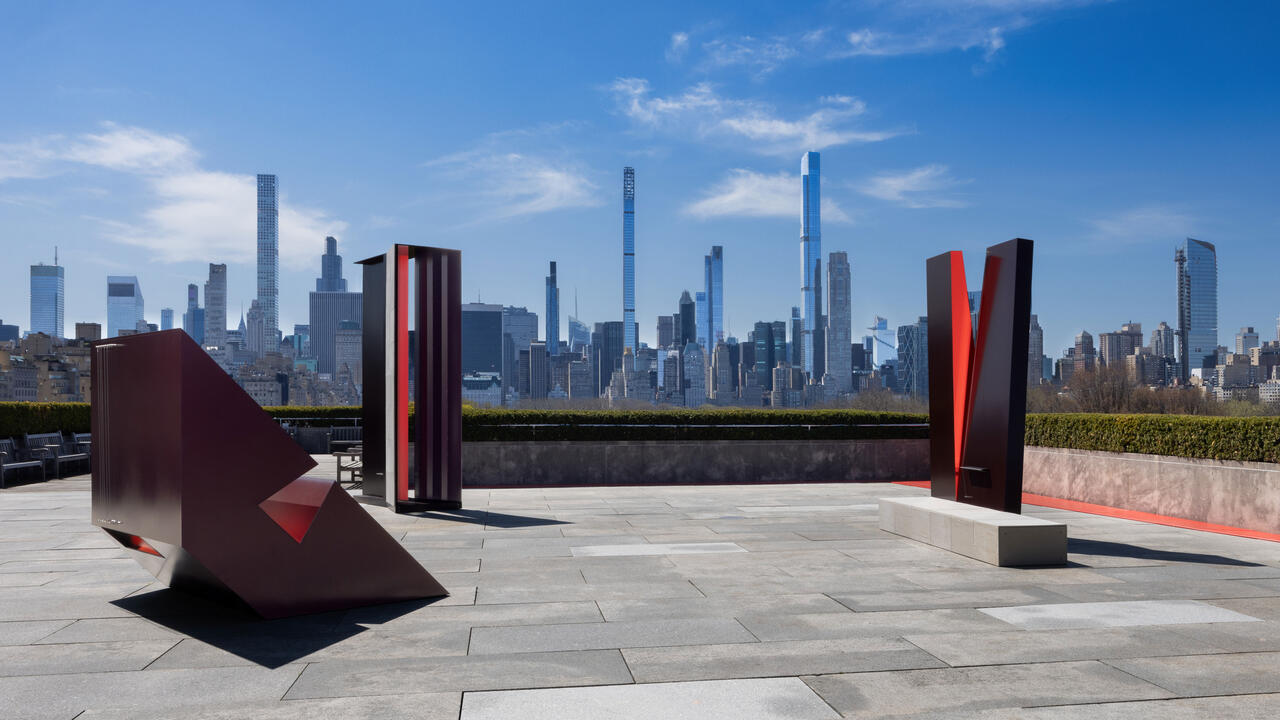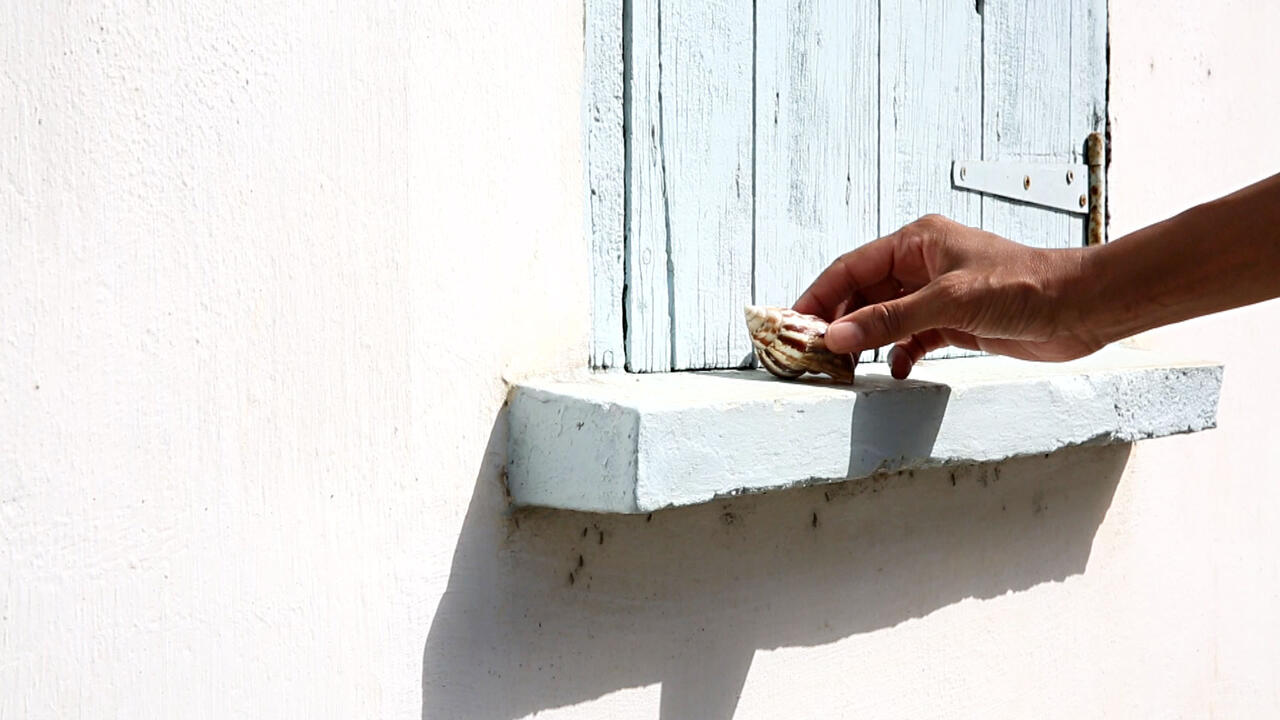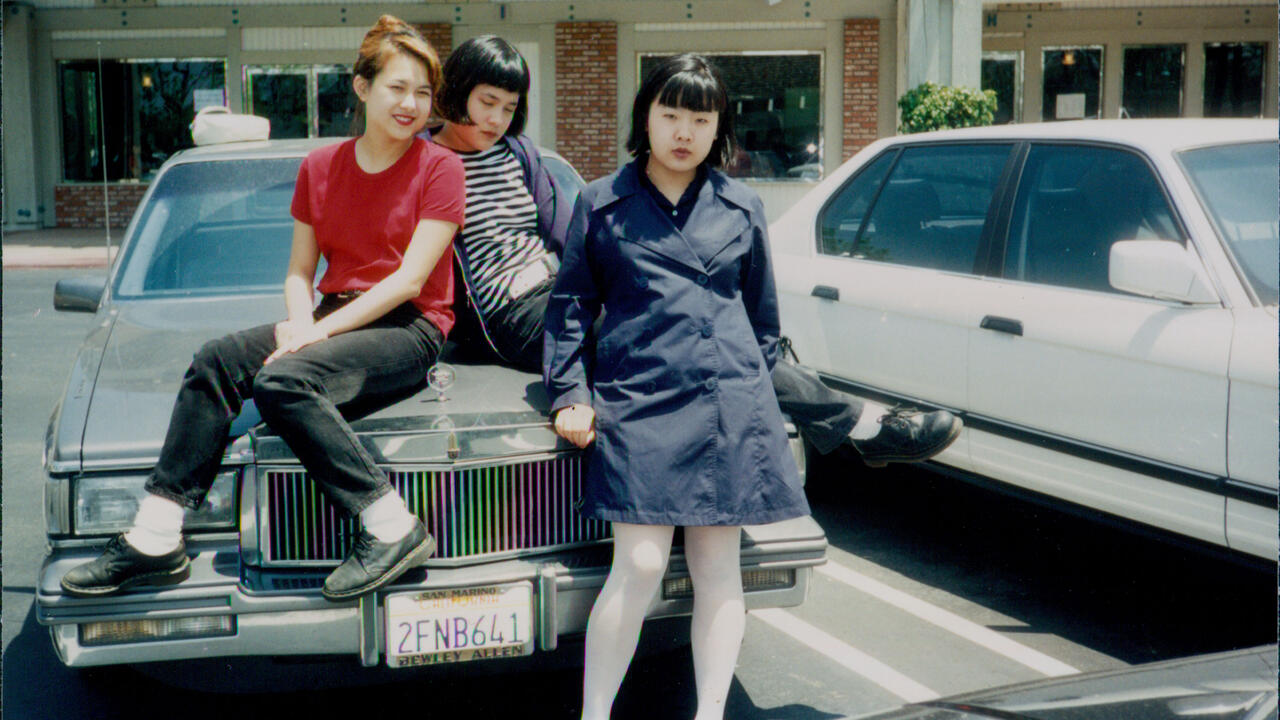A Brief History of the Smiley
As an exhibition of smiley memorabilia curated by Fatboy Slim opens, a timeline of the omnipresent symbol and pop-cultural icon
As an exhibition of smiley memorabilia curated by Fatboy Slim opens, a timeline of the omnipresent symbol and pop-cultural icon

1,700 BCE
A pitcher for sugary drinks
The earliest example of what could be deemed a smiley was discovered by archaeologists working in southern Turkey who found a 1,700 BCE ceramic jug with faint markings that followed the pattern of a now-ubiquitous symbol: two dots and a curve. Unearthed seven years after the extensive excavations began, the 3,700-year-old off-white ceramic pot depicts, according to Nicolo Marchetti who led the excavations, ‘the oldest smile of the world’. The artefact has since been handed over to Gaziantep Museum of Archaeology, which plans to put it on display.

1963
A design to raise employee morale
While the smiley has appeared on objects and in books throughout history, the bright yellow one we know today was designed in only ten minutes for US$45 in Worcester, Massachusetts. Created by commercial artist Harvey Ball, the original design features narrow oval eyes – the right larger than the left – and an off-centre smile within a perfect circle. Ball devised the smiley for local company State Mutual Life Assurance who used it on posters, signs and pins to increase staff morale after a series of mergers and acquisitions.

1970
Feel-good novelties for a traumatized nation
Since neither Ball nor State Mutual trademarked the smiley, the graphic soon became widely imitated. In 1970, two Philadelphia-based brothers, Bernard and Murray Spain, printed a modified version on a range of T-shirts, mugs, stickers and keyrings alongside the phrase: ‘Have a nice day!’ (previously ‘Have a happy day’) Copyrighting the design gave birth to both a million-dollar ephemera business and an everyday expression. The success of the Spain brothers’ venture was, in part, due to the depressed outlook of Americans at the time. As Jon Savage observed in a 2009 Guardian article: ‘The fad hit the post-1960s mood: a traumatized American public turning to visual soma in order to forget the war in Vietnam and presidential meltdown.’

1987
A symbol of subversion
In the 1980s, the smiley took a sinister turn down a south London road. It began appearing across acid house promotional flyers, with DJ Danny Rampling’s Southwark fitness gym turned nightclub, Shoom, being the first to subvert the cheerful symbol into an icon of debauchery. Rave culture saw the innocent face appropriated as a mascot for a music scene defined by deep basslines, electronic synths and heavy ecstasy usage. But, after a string of fatal overdoses, a crackdown ensued as high-street clothing brands Topshop and Burton withdrew smiley T-shirts from sale. A 1988 cover of NME showed the music magazine’s art editor, Justin Langlands, dressed up as a police officer tearing a smiley poster in half next to the headline: ‘Acid Crackdown. Panic in the streets of London?’– a jab at the moral outrage of British tabloid newspapers such as The Sun, which only weeks earlier had been selling acid-house T-shirts, but was now running articles and cartoons describing the music scene as a ‘trip to hell’.

1999
Digital emotion
Charged with the task of devising a simple and condensed way to convey information as SMS messages were limited to 160 characters, Japanese engineer and artist Shigetaka Kurita sketched a set of 176 graphic images, each within a grid of just 12x12 pixels, which could be displayed on mobile phones. By 2010, the Unicode Consortium accepted a proposal to index emoji, thus making them internationally accessible. They are now such an important fixture in modern communication that some linguists have hailed the birth of a new language. (On Instagram, nearly half of all posts contain emoji and, in 2015, Oxford Dictionary chose the tears-of-joy emoji as its word of the year.) But the simple smiley now does more than smile: it smirks; it grimaces; it sticks out it tongue; it even flips upside down for sarcastic effect. Do emoji help to add emotional nuance to otherwise stony texts or is their rising popularity pushing us towards normalized inarticulateness? ¯\_(ツ)_/¯ Either way, in its most basic form and meaning, the smiley is a semiotic phenomenon that has repeatedly secured its place within popular culture.




















